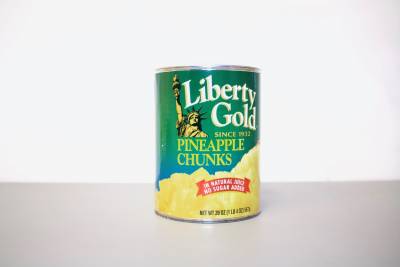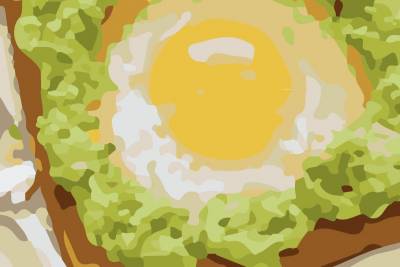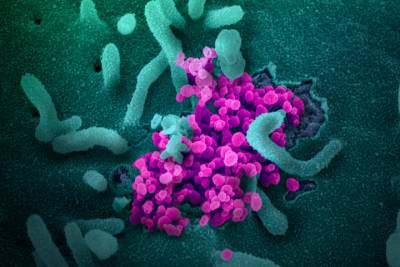Proteins as Enzymes and Substrates
Background
A primary feature of proteins is their specific three-dimensional shapes. Remember that a three-dimensional protein comes from a linear protein sequence (think beads on a string) that fold into common structural patterns (commonly a-helices and b-sheets) and finally those shapes interact in a wide variety of ways to give us the huge diversity in protein shapes that provide myriad biological functions.
These shapes can provide macroscopic structures, such as the shape and texture of foods. Gluten proteins bond to each other in ways that expand and trap hot air while cooking to create the delicate spongy texture we love in fresh bread. Gelatin is formed from a network of the protein collagen with water trapped inside, giving jello its juicy feel.
Protein shapes can also lead to very specific molecular-level interactions, including their function as enzymes. Enzymes are proteins that can speed up the rate of a chemical reaction by making a particular chemical reaction happen in a lower energy way, and thus usually happen faster. In order for an enzyme to speed up a chemical reaction, it has to form a very specific molecular interaction with one or more reaction components and thus is very sensitive to the shape of both the protein enzyme and those binding partners.
Protein structure can be disrupted in many ways including acid (see Cooking Eggs with Acid activity), heat, and enzymatic degradation. This activity will explore the role of heat and enzymes for disrupting protein structure using two familiar foods: jello and pineapple. See if you can find all of the examples where protein shape is important and how disrupting protein shape makes everything go awry.
Materials

Corner Store Items
- Jell-O Jigglers (one box of jello, hot water, and a pan to make the jello in)
- Fresh pineapple
- Canned pineapple (or you can cook some of the fresh pineapple yourself)
Everyday Items
- Plates and forks for serving the snacks, if appropriate
Preparation
Make a pan of Jell-O brand Jigglers and let sit as directed on the package.
Procedure
- Begin with two Jell-O Jigglers samples.
- Place fresh pineapple on top of one sample, and cooked pineapple on top of the other.
- Observe the two samples over time.
What conclusions can you draw about how the heat involved with food preservation affects the pineapple’s digestive enzymes?
Discussion
Start by identifying the proteins and their functions in the Jello and the pineapple.
Canned pineapple is cooked during the canning process. What effect does this have on a protein in the pineapple and how do you know?









